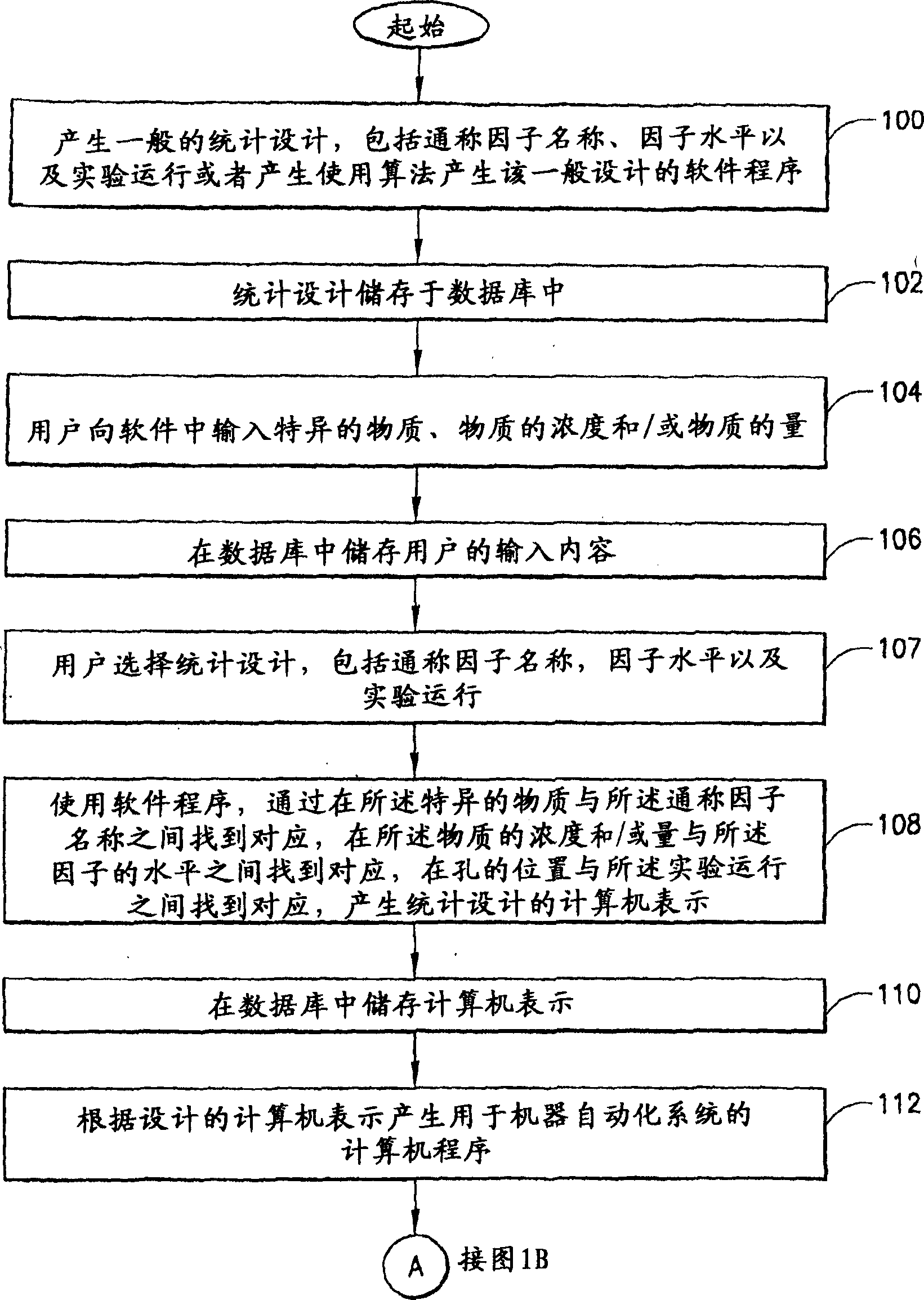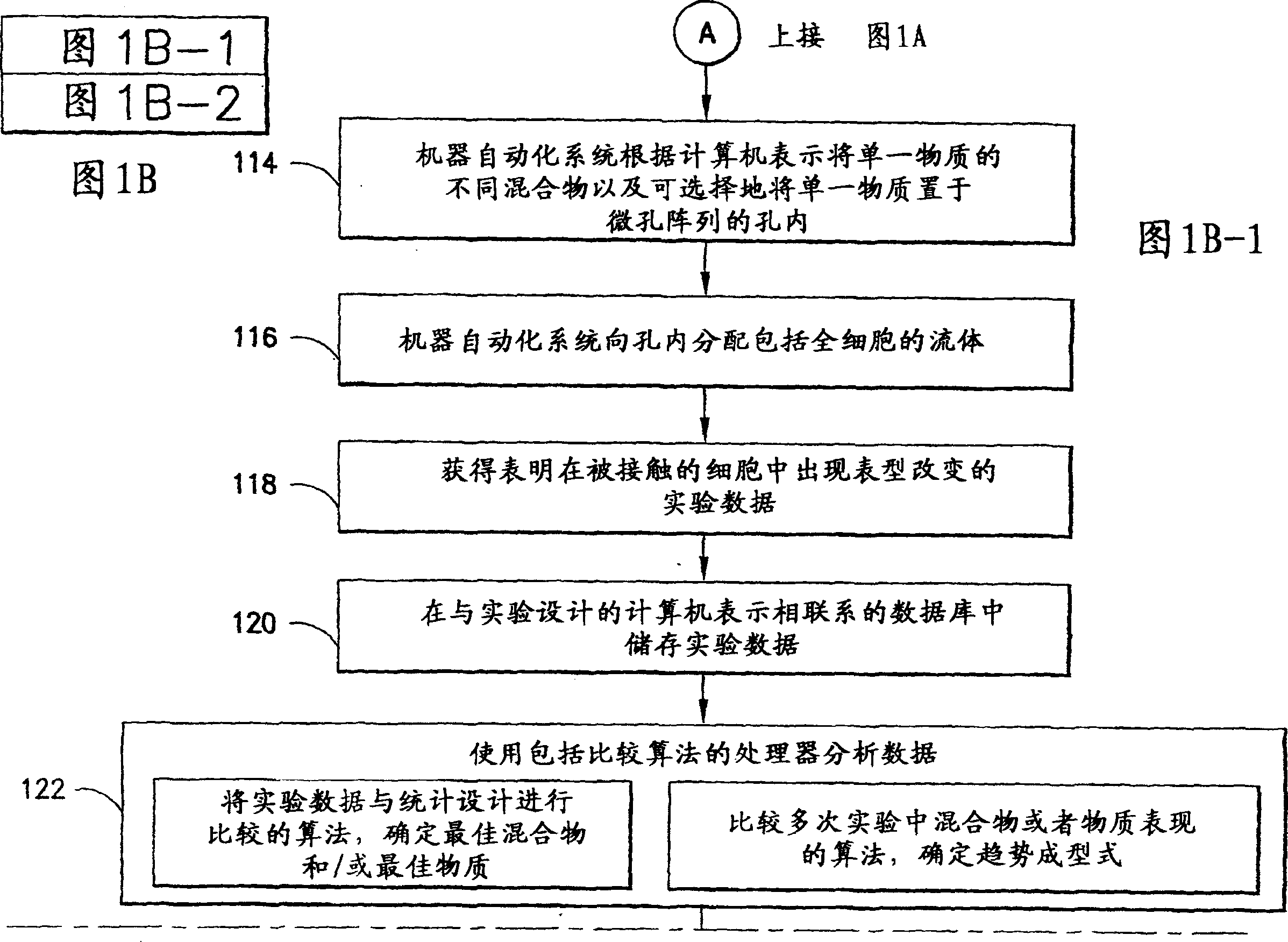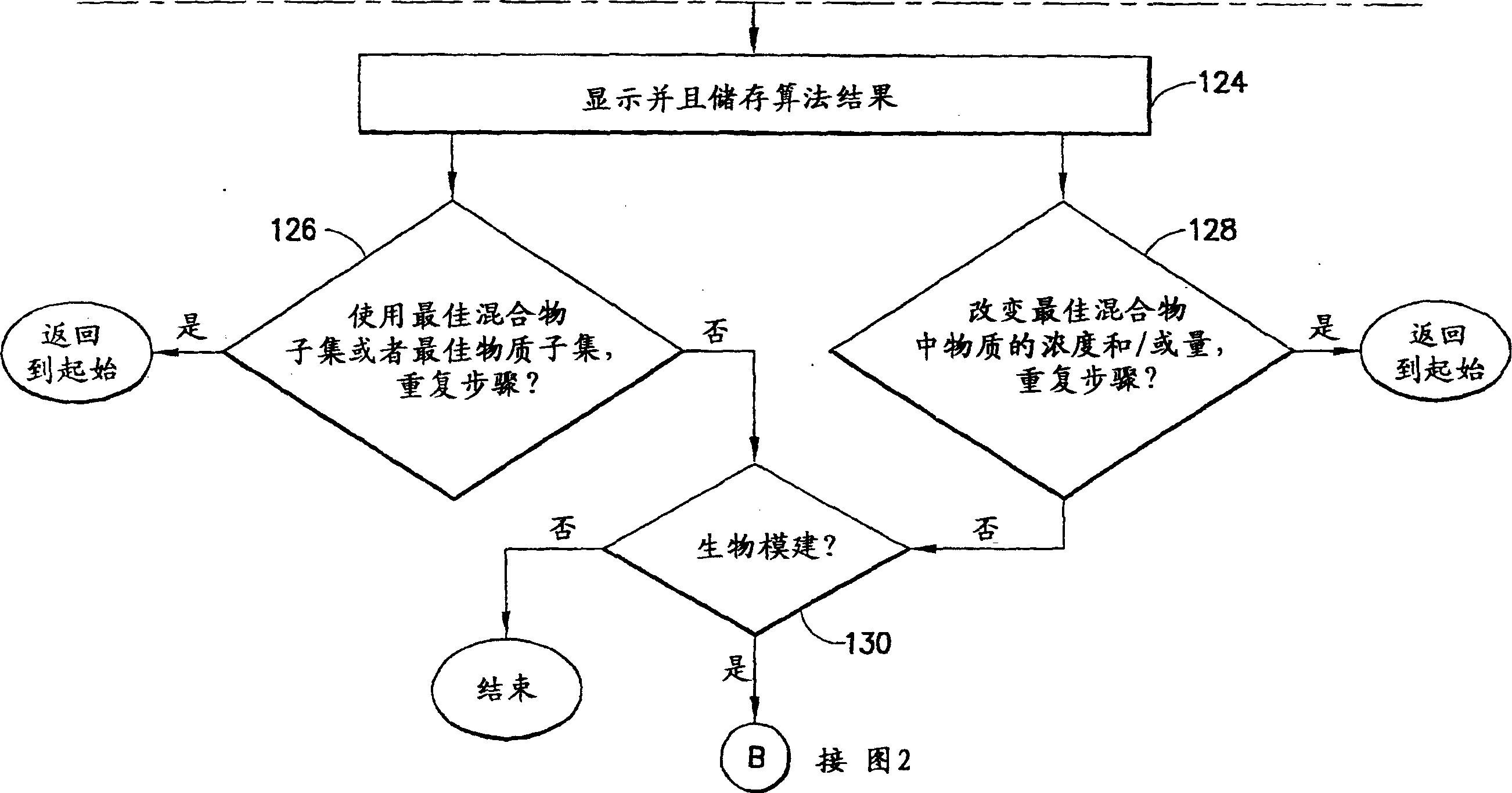Computer software and algorithms for systems biologically linked to cellular phenotype
A computer, cellular technology used in the field of computer-implemented screening
- Summary
- Abstract
- Description
- Claims
- Application Information
AI Technical Summary
Problems solved by technology
Method used
Image
Examples
Embodiment 1
Example 1 Binding of hyaluronic acid to amine-rich tissue culture surfaces
[0072] Becton Dickinson Labware Prepares PRIMARIA Using Oxygen / Nitrogen Plasma TM Tissue Culture Products. In particular, oxygen / nitrogen plasma is used to treat polystyrene products to allow the incorporation of oxygen and nitrogen containing functional groups such as amino and amide groups. For this experiment, carbodiimide bioconjugate chemistry is well known in the art (e.g. "Protein Immobilization: Fundamentals and Applications" Richard S. Taylor, Ed. (M. Dekker, NY, 1991) or in co-pending commonly owned U.S. application 10 / 259,797 (the application was filed on September 30, 2002), the incorporation of HA into PRIMARIA TM Amine-rich surfaces on multiwell plates.
Embodiment 2
The combination of embodiment 2ECM protein and hyaluronic acid
[0073] The ECM species was covalently attached to the HA polymer of Example 1 tethered to the culture surface. In particular, using the periodate method described in E.Junowicz and S.Charm, "The Derivatization of Oxidized Polysaccharides for Protein Immobilization and Affinity Chromotography," Biochimica et. Biophysica Acta, Vol. 428:157-165 (1976) by oxidation Generates an aldehyde group on HA. This method requires the addition of sodium periodate to a solution of HA, which activates the terminal sugars. Next, standard immobilization chemistry (such as described in "Protein Immobilization: Fundamentals and Applications" Richard F. Taylor, Ed. (M. Dekker, NY, 1991 or in co-pending co-owned U.S. application 10 / 259,797) , which was filed on September 30, 2002), binds activated HA to amine groups on ECM proteins.
Embodiment 3
Example 3 Simultaneous screening of 10 different ECM proteins using a statistically designed experiment (mixture design)
[0074] In this example, the statistical design is a mixture design. Using this design to identify factor pairs or single factors that have a positive effect on cellular responses allowed us to see the interaction between the two ECMs. In this example, 10 individual ECMs, each representing a single "factor", were used to prepare a mixture of ECMs, which were placed as Figure 7 wells of the 96-well plate shown in . The ECM is covalently attached to a biocompatible polymer (see Examples 1 and 2) on the culture surface. Note that without a statistical design of experiments, 210 (1024) single experiments, or 11 96-well plates, would be required to examine the effect of each of the 10 ECMs in combination with the others on a given cell type.
[0075] In this example, a set of 10 attachment ligands was chosen and a 96-well array was chosen as the mode of this ...
PUM
 Login to View More
Login to View More Abstract
Description
Claims
Application Information
 Login to View More
Login to View More - R&D
- Intellectual Property
- Life Sciences
- Materials
- Tech Scout
- Unparalleled Data Quality
- Higher Quality Content
- 60% Fewer Hallucinations
Browse by: Latest US Patents, China's latest patents, Technical Efficacy Thesaurus, Application Domain, Technology Topic, Popular Technical Reports.
© 2025 PatSnap. All rights reserved.Legal|Privacy policy|Modern Slavery Act Transparency Statement|Sitemap|About US| Contact US: help@patsnap.com



